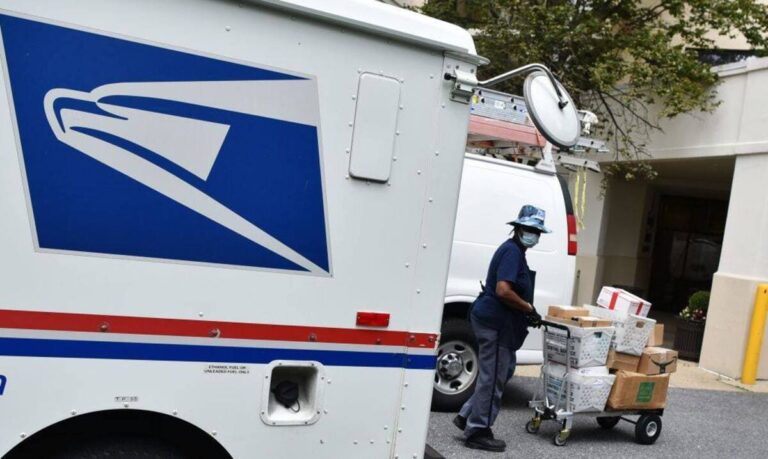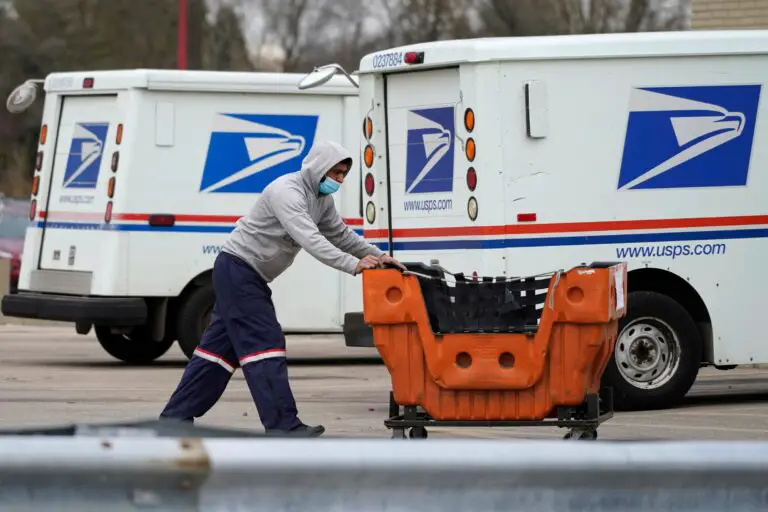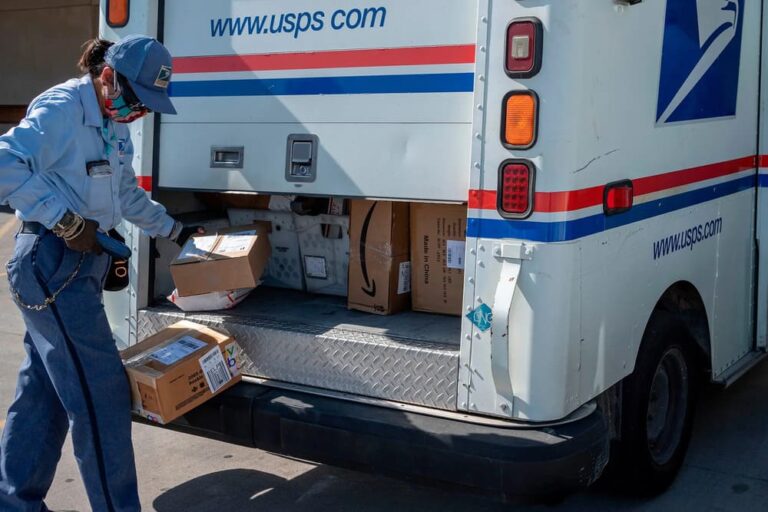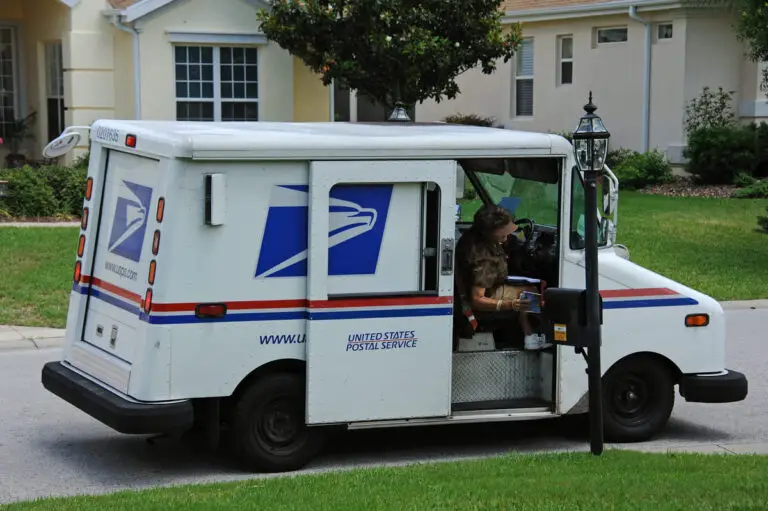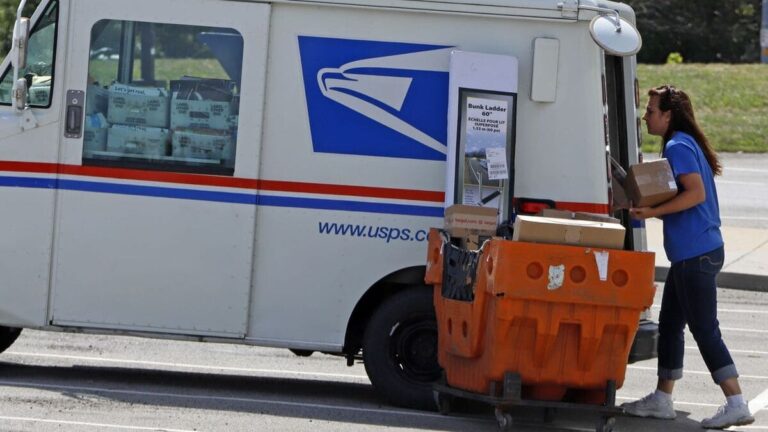Does USPS Send Texts? Spot Fake vs. Legitimate USPS Messages
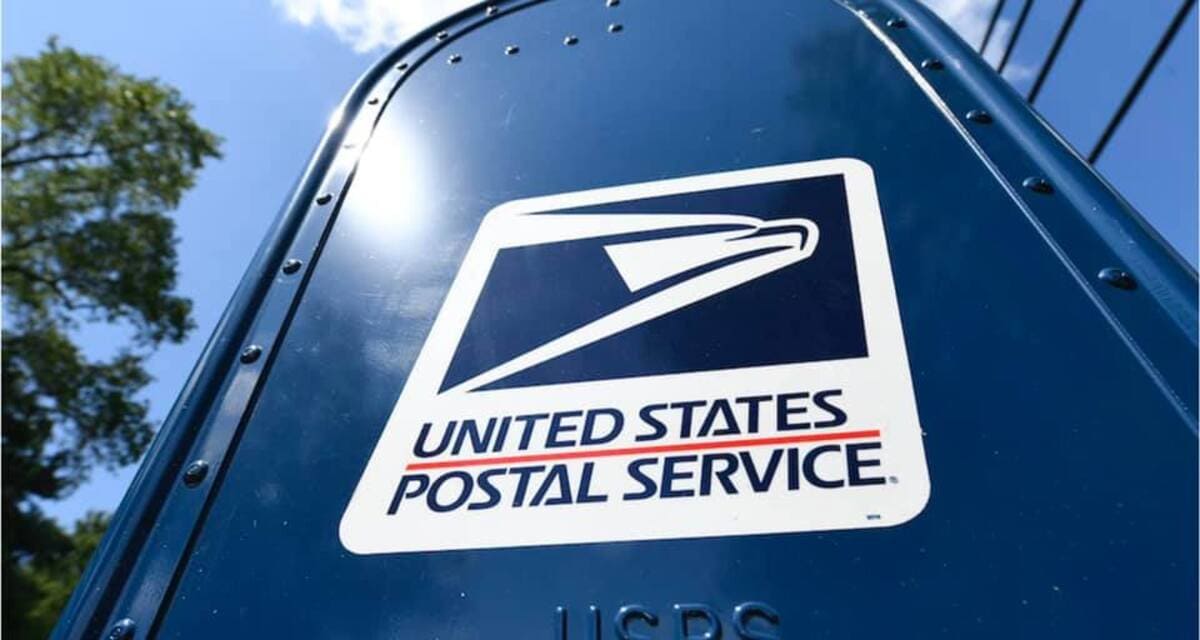
The United States Postal Service makes package delivery and tracking more convenient than ever with their free USPS Text Tracking service. But recently, scam texts impersonating USPS have skyrocketed trying to steal personal information.
So does USPS send text messages? Yes – but only through their official USPS Text Tracking service that customers must sign up for. Any surprise texts about undelivered packages or asking for personal details are smishing scams.
In this detailed guide, we’ll cover everything you need to know about real USPS texts vs smishing scams including:
- When USPS sends legitimate text messages
- How to identify fake USPS texts
- What to do if you receive a USPS smishing scam text
- How to sign up for USPS Text Tracking properly
- Tips to protect yourself from text scams going forward
Let’s start by understanding the difference between real USPS text alerts and “smishing” scams trying to harvest your private data.
When Does USPS Send Text Messages? Clarifying USPS Text Tracking Services
The United States Postal Service provides a free USPS Text Tracking service that customers can sign up for to receive text message updates about their packages. This service allows customers who sign up to get notifications about their package status directly via text message.
So yes – USPS does send legitimate texts, but only if you opt-in by requesting text tracking updates.
Here’s what to know about official USPS Text Tracking:
- You must sign up first by registering a tracking number online or texting it to 2USPS (28777).
- You’ll then receive package status updates for that specific tracking number only.
- Messages include tracking details like expected delivery, when out for delivery, available for pickup, delivered, location details, etc.
- Texts always include the tracking number you can reference on USPS.com
- USPS charges no fees for USPS Text Tracking – it’s 100% free.
So to summarize, USPS only sends text messages when a customer signs up for text tracking alerts on a specific package using their free service.
USPS will never text customers out of the blue regarding issues or changes to packages that weren’t requested first. Any surprise or unsolicited texts are guaranteed scams.
Now that we know when USPS sends real texts to customers, let’s cover how to identify fake USPS smishing scams that are becoming all too common…
How to Spot USPS Smishing Text Message Scams?
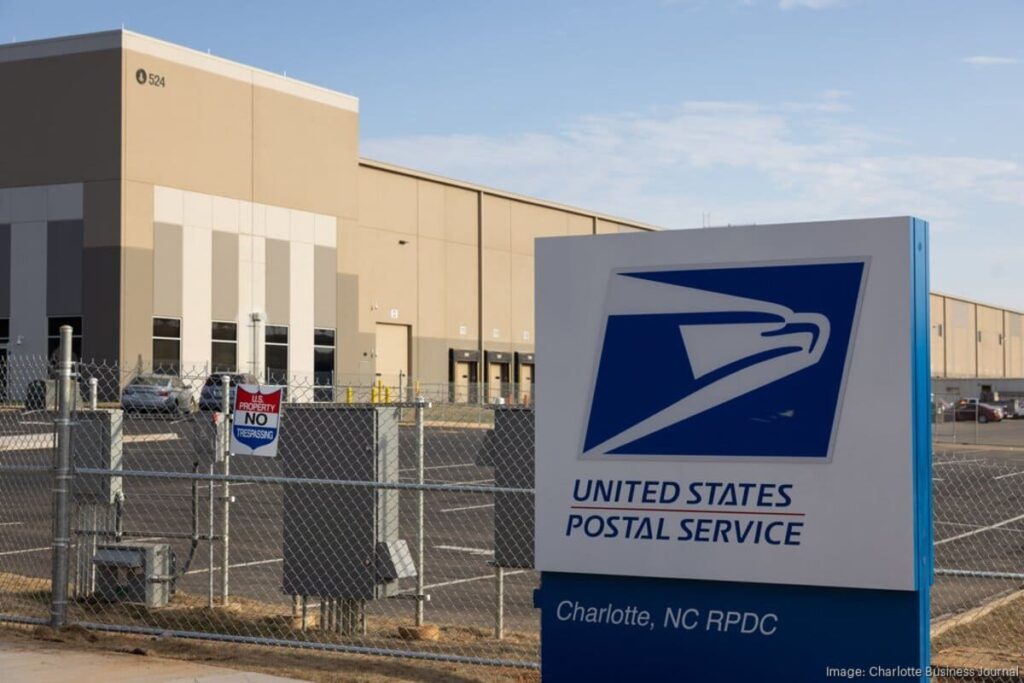
While the United States Postal Service provides convenient package tracking updates via text for subscribers, scammers often disguise themselves as USPS to distribute malicious links by text designed to steal your personal information and money.
Known as “smishing”, these fraudulent USPS texts try to trick you into providing sensitive data that thieves can exploit.
According to USPIS, red flags to look for with scam USPS smishing texts include:
No Package Tracking Number
Legitimate USPS text tracking updates will always include your package’s valid tracking number, which you can double check right on USPS.com.
USPS smishing scams often have no tracking number at all, or a fake number that doesn’t actually exist if you check on the USPS website.
Links to Outside Websites
Official USPS Text Tracking messages will never include links redirecting to external websites.
Scam texts often have links taking you away from the official USPS.com tracking portal to malicious domains or fake lookalike sites designed to steal login credentials and install malware.
Spelling/Grammar Irregularities
Poor spelling, bad grammar patterns, excessive punctuation!!!???, oddly capitalized WORDS, and other linguistic red flags typically signal an overseas fraudster using USPS branding behind smishing scam operations.
Legitimate USPS texts will not have blatant written errors since they originate from professional corporate sources.
Requests for Personal Details
Genuine USPS Text Tracking updates will never ask for any private account or identity information like your full address, date of birth, Social Security number, or financial account passwords.
Any texts requesting this type of sensitive personal data under the guise of a “delivery issue” should instantly raise suspicion.
Urgent or Threatening Language
Smishing scammers often use psychological tactics to pressure victims into ignoring their better instincts and falling for scams out of panic.
Watch for urgent wording like “Click here now before it’s too late!” or threats that your package will be canceled if you don’t provide private details immediately. Real USPS alerts will never rush or threaten you in text messages.
Requests for Extra Payment
USPS Text Tracking is always 100% free for all text updates. Scammers may trick victims by claiming additional “redelivery fees” are required for packages with issues or fakes issues getting packages through customs.
If any text asks for direct payment, especially via gift cards or hard-to-trace methods, it’s surely a con artist behind the message, not USPS.
Hopefully these smishing scam warning signs help you scrutinize any questionable texts claiming to be from the United States Postal Service. But if you accidentally open a suspicious link, don’t panic. Let’s cover what to do next if targeted…
Got a USPS Smishing Text? Here’s What to Do ASAP
So you received an unsolicited text message about an attempted USPS delivery requiring your personal or payment information urgently?
Don’t click any links or message the scammer back! Doing so will likely infect your mobile device with sneaky malware allowing them to steal your data or money.
Instead, take the following actions immediately if you believe the text to be fraudulent smishing:
- Take a screenshot of the text message showing the phone number that texted you and date/time received. Do not delete the text yet.
- Double check the tracking number directly on USPS.com. Type the tracking ID manually or optionally snap a pic of the code to check on your computer just in case links are waiting on your mobile screen. If USPS says the number doesn’t exist or doesn’t match an active package destined to your address – it’s 100% confirmed a scam.
- Forward details like the phone number, screenshots, and what info they requested to the United States Postal Inspection Service (USPIS) for investigation. Email reports of USPS smishing texts to [email protected] explaining anything you submitted, if you lost money, or suffered identity theft subsequently so they can escalate appropriately and potentially contact you with further questions.
- Delete the text itself immediately after reporting and gathering details to submit.
- Block the phone number so you won’t receive future smishing texts from the same criminals. Consider calling your phone carrier too to discuss extra spam text protection so this doesn’t repeat from other fraudsters.
- Let your family and friends know to raise awareness in case this smishing campaign starts targeting more of your contacts soon. Share official scam alerts from USPIS on social when possible too.
Taking these steps ASAP can help prevent falling victim before the scammers take further action with your information. USPIS can then investigate the smishing ring further to shut it down more broadly.
Next let’s clarify how to sign up for legitimate USPS Text Tracking the proper way to avoid confusion down the road…
How to Sign Up for Official USPS Text Updates Securely?
Now that you know real vs. fraudulent options, here’s how to securely enroll in convenient USPS Text Tracking alerts:
By Text Message
You can text package tracking numbers directly to USPS anytime by sending the digits to 28777 (2USPS). USPS will automatically reply confirming enrollment and send future delivery status updates until you text STOP to opt out.
Through USPS.com Account
Visit the official USPS website and either sign up for an account or login online if you have one.
From there, enroll specific USPS tracking numbers you have into text and/or email updates messaging under My USPS in your account dashboard. Choose delivery options like expected delivery date, day before delivery, when delivered, available for pickup etc.
USPS will only charge standard carrier text message rates (usually free) with zero extra fees. You can instantly stop alerts by replying STOP to any USPS text tracking updates that followed signing up for a package.
Simple as that – now you can rely on legitimate USPS Text Tracking without ever worrying about falling for smishing scams in the future!
Top Tips to Avoid USPS Smishing Scams Going Forward
Here are some key recommendations to keep in mind moving ahead to steer clear of text fraudsters impersonating the United States Postal Service down the road:
- Never click on links from unsolicited texts period, even if slightly convincing with USPS branding and urgent wording. Go directly to USPS.com to manually look up odd tracking numbers instead.
- When expecting a package, proactively sign up for USPS Text Tracking updates to validate future texts as legitimate.
- Double check messages against your package tracking dashboard before taking any requested action like “updating address info”.
- If skeptical about delivery changes/issues, call USPS directly using an official number – not the text itself which could be masked.
- Don’t provide personal or financial information via text or phone if requested out of the blue.
Staying vigilant for common phishing scam signs found in smishing texts claiming to be from USPS can help you avoid compromising your device and private data. Report them to USPIS, delete promptly, and warn contacts about new scam trends targeting mobile users.
Hopefully this guide clarified exactly when USPS sends legitimate text messages versus obvious smishing scam red flags to ignore at first sight.
Let us know if you have any other questions down below!
Conclusion: Does USPS Send Texts? How Not to Fall for USPS Smishing Scams
With online shopping and package tracking only expanding further, scammers see big money in smishing scams impersonating trusted shipping couriers. As we covered in detail here:
- Yes – USPS does send text messages, but exclusively to customers who sign up to receive updates about specific tracking numbers. They never text unsolicited about issues.
- Scam USPS smishing texts often urgently request personal details and payment to unlock “stuck” packages but contain spelling errors, no tracking number, or suspicious links instead of signing people up for alerts properly.
- Protect yourself by never clicking text links even from convincing SMiShers, updating your device’s security, enabling spam filters, reporting fake texts to USPIS, and warning friends about new scams going around frequently.
Staying vigilant about verifying senders and details before clicking text links or sharing sensitive information can help you steer clear of USPS smishing scams.
Now you’re fully equipped to identify real USPS Text Tracking vs fraudulent texts aiming to steal your data or dollars at first opportunity. Share this article if useful to help others avoid mobile smishing traps as well!

